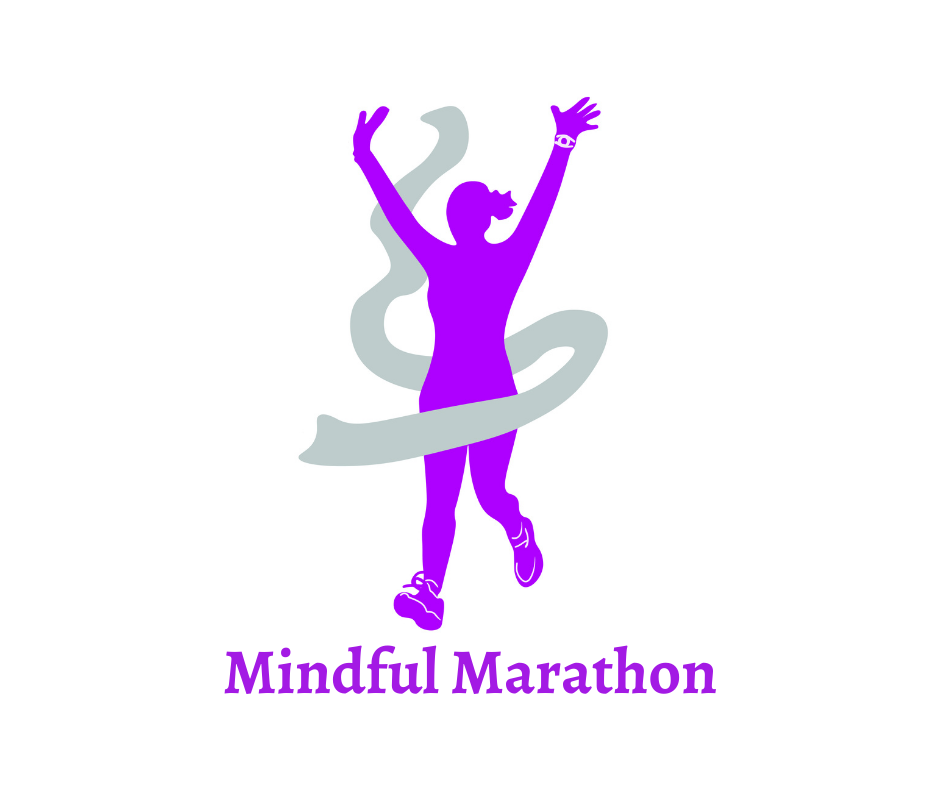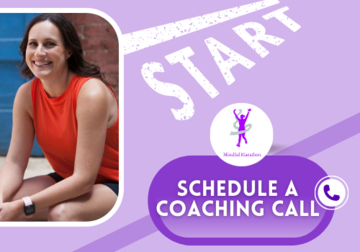Common Running Lies That Hold Us Back
For many years, I told myself that I was not a “real runner,” because I wasn’t very fast, I walked sometimes, and I didn’t think I looked like the other runners out there. Turns out, we often tell ourselves lies that hold us back!
From one runner to another, let’s recognize these stories we tell ourselves, so we can move beyond them! Here are my top 5...
1- You have to have natural ability or “be born a runner.”
When you think of a runner, maybe a young track star comes to mind. There are runners we know who have been athletes since they were young. But not every runner fits that description.
Many of my athletes started running later - in their 30s, 40s, and 50s! My mom completed her first half marathon in her 60s. She PR’d a 10k last January in her early 70s. It is never too late to get started with running.
2- You have to be fast.
A friend told me a story that made me cringe. She had asked another runner for advice on how to improve. When she explained that her jog pace was around a 14 minute/mile, and that this was where she was starting from, the runner laughed and said “that’s walking.”
False, my friends. Runners run at all different speeds: 5 minute miles and 20 minute miles are all welcome here! ”Fast” is kind of relative. There is fast for me, fast for you, and fast for an elite runner.
I know it’s easier said than done, but we have to try not to compare ourselves. If we are recreational runners, the goal is really centered around fitness, wellness, and improving oneself. We embrace our current fitness, wherever that is, and work from that point.
3- You can’t walk.
Let’s check this one at the door. Many runners use scheduled walk breaks to train and race. When I started running consistently, I used Jeff Galloway’s run/walk/run method to train. This method allowed the longer distances to become available to me and successfully completed my first couple of half marathons using this training technique.
One of my athletes started regularly walking at the beginning of the pandemic in 2020. We started working together in the fall of 2020. By placing short intervals of running into his regular walking workouts, he was able to work up from 5 minutes of running, to 30 minutes of running, and beyond!
4- You have to go a certain distance or have a race goal.
One of my athletes recently picked up running again after several years off. She loved to run half marathons a few times a year, then after having children, did not run at all for about four years. Her goal: get back to running regularly most days of the week.
There is no required distance you have to run to call yourself a runner. Only 1% of us will actually run a marathon. But, we can run consistently for our health and for fun without ever having to run a race at all.
5- You have to have a certain body or be a certain weight before you can run.
I’ve heard this one a lot: “Once I get to a certain weight, I’ll try running.” The truth is, many of us can run at the weight we are at now, and even more of us can walk at the weight we are at now. Check with your physician first, and see if he or she agrees with me.
Many people tell me they are worried about how they will look in running attire, what if parts jiggle or if areas chafe, what will the other runners think. Comfortable and well fitting running clothes certainly help (especially with jiggling and chafing, but that’s a topic for another day), but the mindset shift here is critical.
When I’m out on the pavement, I’m so focused on the ground in front of me so that I don’t run into anyone or trip, and so focused on my own training, that there is no way I am worrying about how the other runners look, except to give a hi and a wave as we cross paths.
Once we recognize that our minds are telling us a story, we can begin to move forward. If you’ve had one or all five of these statements come up recently, I challenge you to tie on your sneakers and join me in hitting the pavement today. If you are just getting started and want a walk plan to stay on track, check out my free plan below!



